The Meowing Kingdom of Tashirojima - An Island Ruled by Cats
Feline Rule
Welcome to a world where cats keep humans on a short leash. I invite you to Tashirojima, an island where purring is the official language, and the imprint of a front paw is a symbol of power. Tashirojima is a place where humans are guests, and cats are the hosts.
Local residents, a handful of resilient people trying to survive in a world dominated by a feline population, seem to accept their place in this extraordinary order. Here, it is the cats that decide when it's time for a nap and when it's time for hunting – although the latter is more about catching the better treats from tourists.
About the Island...
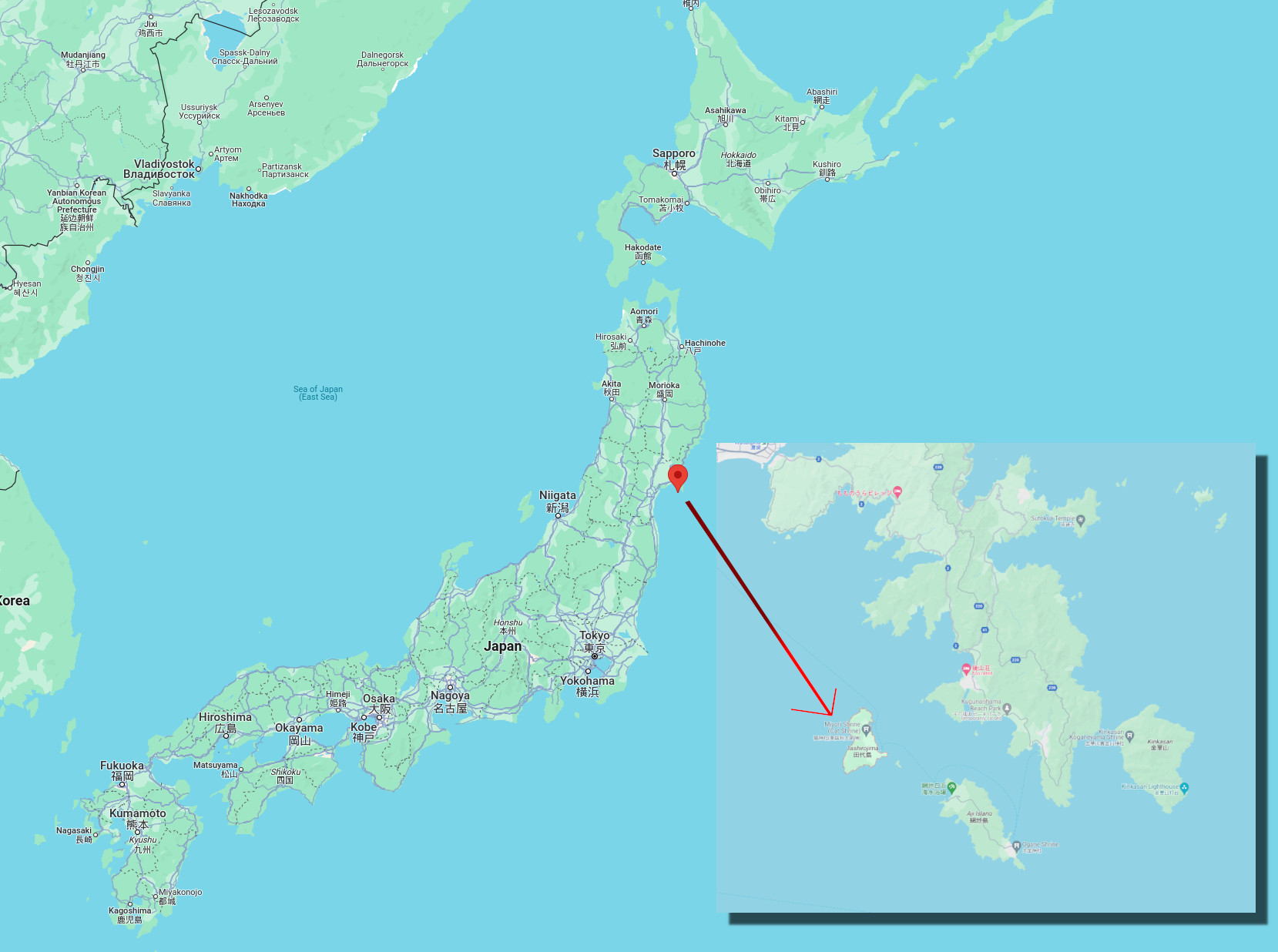
As for statistics, the number of human inhabitants on Tashirojima has been decreasing over the years. In the 20th century, the island faced what most rural areas in Japan did – depopulation. 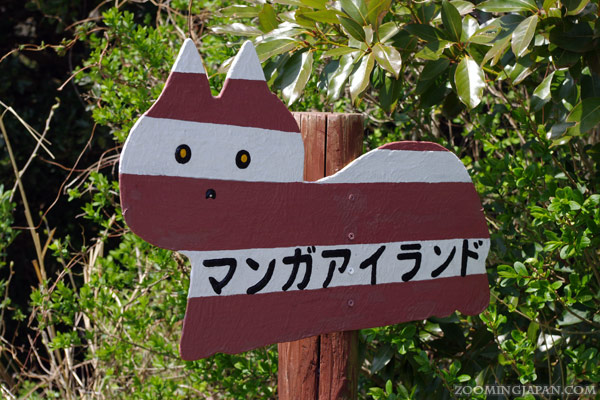
In terms of tourism, Tashirojima attracts thousands of visitors annually, many from Japan, but also a significant number from other countries, including China, South Korea, and the United States. It is estimated that about 30% of tourists are foreigners, reflecting international interest in this unique island.
Island History
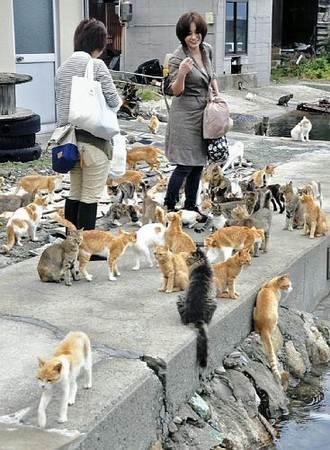
The first cats likely appeared on Tashirojima in the 18th century. Their primary task was to hunt mice and rats that threatened the silk moth farming. The cats quickly became an indispensable part of the island's ecosystem, not only because of their hunting skills but also due to the growing affection the residents had for them.
Over the years, as the silk industry on the island began to decline, many residents started leaving Tashirojima in search of a better life. In the mid-20th century, the island had about 1,000 residents, but this number drastically dropped over the following decades. Currently, about 60 people live on the island, mainly seniors, representing a significant demographic problem, and potentially indicating the imminent extinction of the village in the near future, as has been the case in many areas in Japan.
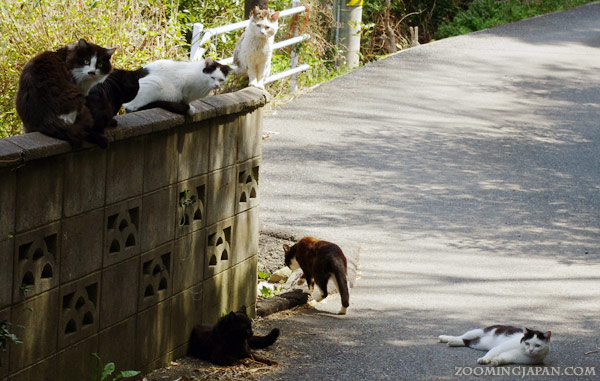
Everyday Life on Tashirojima
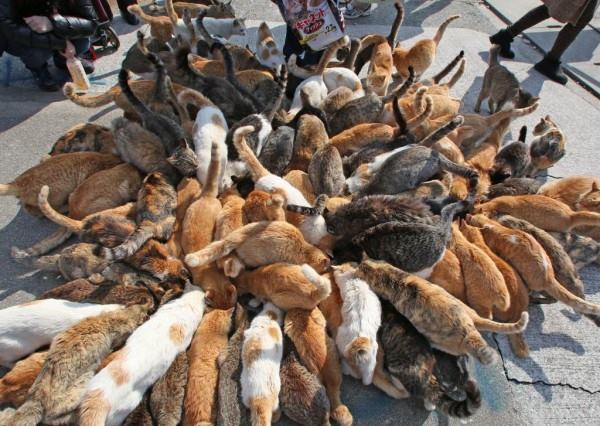
The island's residents, mostly older people, treat cats with great respect and care. These four-legged creatures are often seen freely moving around the island, visiting the residents' homes one by one in search of food and attention. The cats are tame enough to approach people, expecting caresses or a piece of fish.

Cats on Tashirojima are perceived not only as companions but also as symbols of happiness and prosperity. This belief has deep roots in Japanese culture, where cats are often associated with prosperity and protection from evil spirits. As talismans of protection and guarantors of happiness, they receive respect and attention in return from the residents.
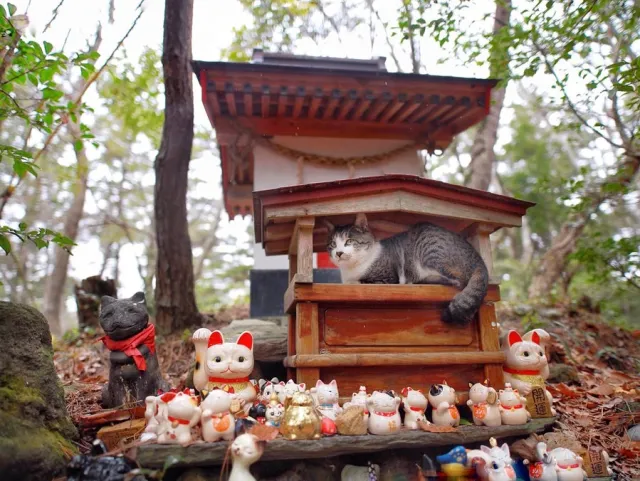
The cat culture also has an impact on tourism. The island has become a popular place among cat lovers from around the world. The Manga Island resort is an example of how the island combines its love for cats with another popular aspect of Japanese culture – manga. 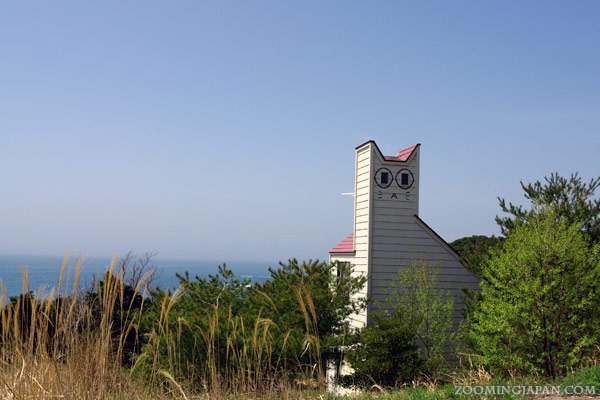
Manga Island is a unique cultural aspect of Tashirojima, combining a love for cats with a passion for manga, one of the most recognizable elements of Japanese pop culture. Located at the southern end of the island, it is a complex of themed holiday cottages designed by renowned Japanese manga creators.
Manga Island
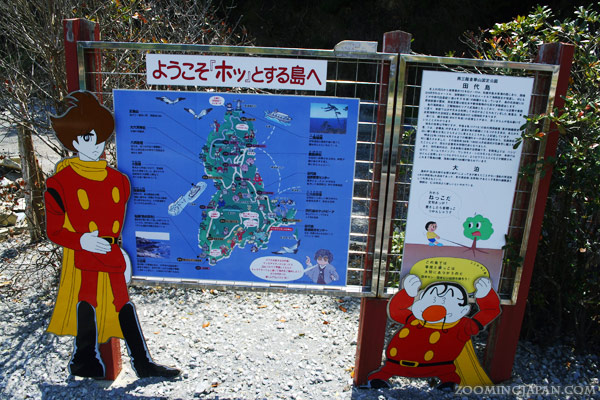
These structures, often referred to as "cat cottages," serve not only as accommodations for tourists but also as art galleries, showcasing the works of famous manga artists. Each cottage is unique and offers a different visual attraction, both inside and out. Inside, the walls are adorned with paintings inspired by cat and manga themes. Some of the cottages also offer interactive experiences, such as manga drawing workshops, where guests can learn the basics of creating their own comics under the guidance of experienced artists.
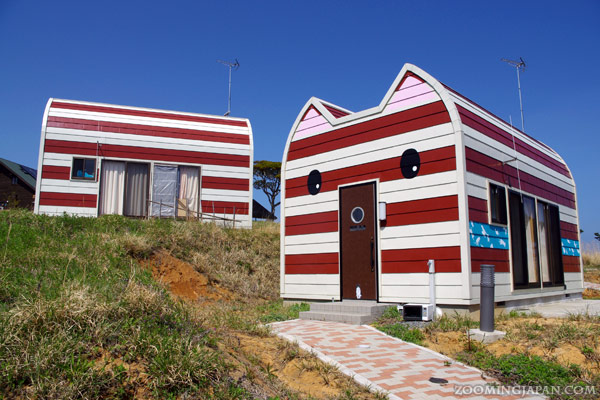
Manga Island plays a key role in promoting Tashirojima as a tourist destination. By combining the traditional cat cult with modern manga culture, a place has been created that attracts a diverse group of visitors – from cat lovers to fans of Japanese pop culture.
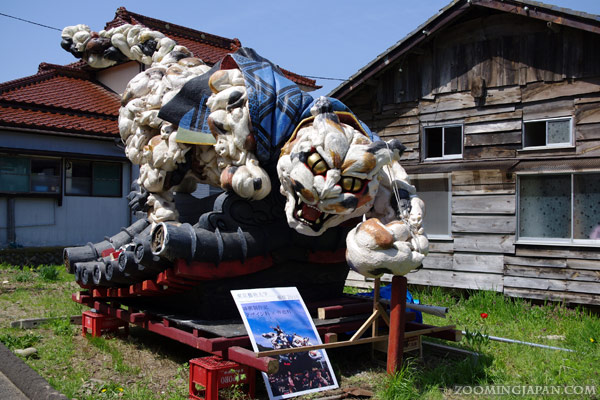
Local Cat Beliefs
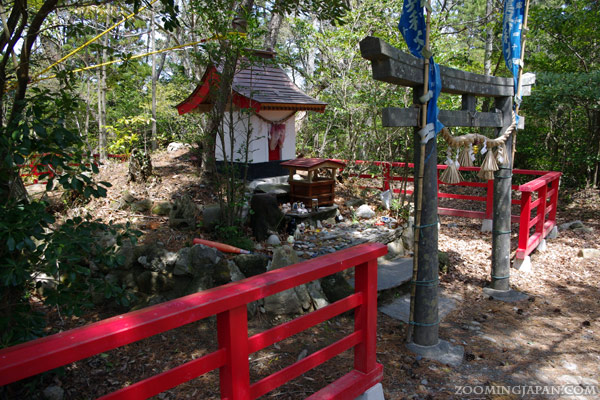
One of the most well-known legends on the island concerns the Neko-jinja shrine. It is said that it was built in honor of a cat that tragically died when a stone accidentally fell on it during fishing work. In response to this tragedy, the fishermen decided to honor the cat by building the shrine, which was supposed to bring them luck and prevent similar misfortunes in the future.
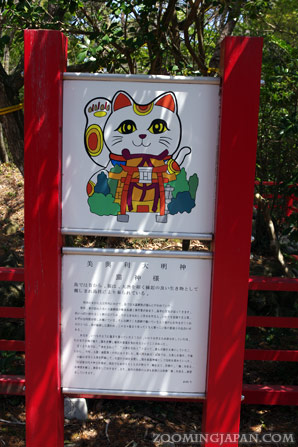
Overcome with guilt and wanting to compensate for the loss, the fishermen decided to build the Neko-jinja shrine in honor of the deceased cat. The place was meant to serve as a symbol of respect and memory of the cat, as well as a center of prayers for good luck and safety during fishing. The shrine became a place where fishermen and residents can make offerings and pray for prosperity.
In the Neko-jinja shrine, residents and tourists often leave offerings in the form of small amounts of money, food for cats, or Maneki-neko figurines (Japanese "waving cats"). It is believed that such actions bring good luck and help maintain a positive relationship with the island's cat population.
The influence of cats on the life of Tashirojima is also visible in local art and crafts. Many homes and public places are adorned with cat figurines, paintings, and other works of art depicting cats. These items not only serve a decorative function but are also an expression of the cultural bond between islanders and cats.
When You Go to Tashirojima
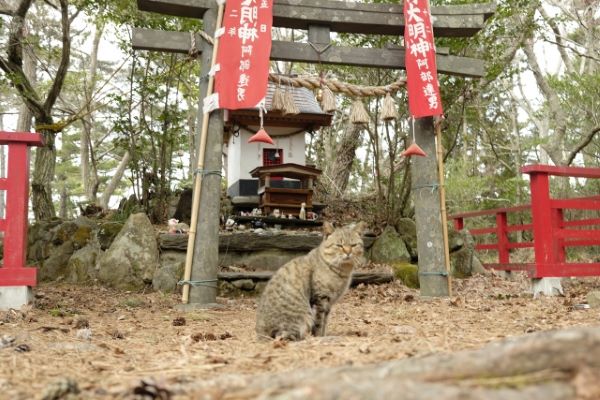
Many people visiting Tashirojima bring special treats for the cats. However, the island has specific rules for feeding cats to prevent overfeeding and maintain their health. It is recommended to use food specially designed for cats and avoid giving them human food, which can be harmful to them.
The island has rules in place to protect cats and their natural environment. Tourists are prohibited from grabbing, lifting, or disturbing cats during their daily activities. Tourists are also reminded to respect the space of cats and not to enter areas that are important to them, such as breeding sites or shelters.
Cat Environment
The presence of a large population of cats on Tashirojima has an impact on local ecosystems. Although cats help control rodent populations, they can also pose a threat to local bird species and other small animals. Therefore, residents and island administrators strive to monitor the cat population, ensuring balance in the local ecosystem.
Initiatives are in place to maintain the health and well-being of cats on the island. These include sterilization programs to control the cat population and provide appropriate veterinary care. Such actions are essential to maintain a healthy cat population while minimizing their negative impact on the island's natural environment.
Other Cat Islands in Japan
Apart from Tashirojima, there are several other islands in Japan that have gained the title of "Cat Islands." These are places where cats form a significant part of the population, and their presence has a profound impact on the culture and daily life of local communities. Each of these islands has its own unique story and character, making them fascinating travel destinations for cat lovers and enthusiasts of Japanese culture.
 Aoshima
Aoshima
Aoshima, known as "Cat Island," is located in Ehime Prefecture. On this small island, about 15 people live in contrast to over 100 cats. Aoshima became a cat island when cats were introduced to control mice on fishing boats. Over time, the cat population grew, becoming the main tourist attraction. With its picturesque landscapes and crowds of cats, this island attracts cat enthusiasts from all over the world.
Enoshima
Located in Kanagawa Prefecture, Enoshima is a popular tourist spot not only for its beautiful beaches and temples but also for its large cat population. The island has a rich history and is known for its numerous shrines and caves. The cats of Enoshima are well-known for their friendly attitude towards visitors, often posing for photos and enjoying the attention of tourists.
 Manabeshima
Manabeshima
Manabeshima in Okayama Prefecture is smaller and less known than other cat islands but equally charming. Its small human population lives in harmony with the cats, which are a constant element of the landscape. The island is valued for its tranquility and traditional lifestyle, with cats adding to its charm as they freely roam through the fishing villages.
Okishima
Okishima is a unique island located on Lake Biwa, Japan's largest lake. It is the only "Cat Island" located on a lake rather than at sea. Like other cat islands, Okishima has more cats than human residents. The island is known for preserving a traditional way of life, with cats being part of this idyllic picture.
 Ainoshima
Ainoshima
Ainoshima in Fukuoka Prefecture is another cat island that enjoys popularity among tourists. The cats on this island are known for often accompanying fishermen and readily interacting with visitors. Ainoshima, though small, has several historical landmarks, including ancient tombs and temples, adding to its cultural significance.
Three Interesting Facts to Conclude

Cats as 'Tourist Guides':
It is often said that cats on Tashirojima unofficially act as tourist guides. 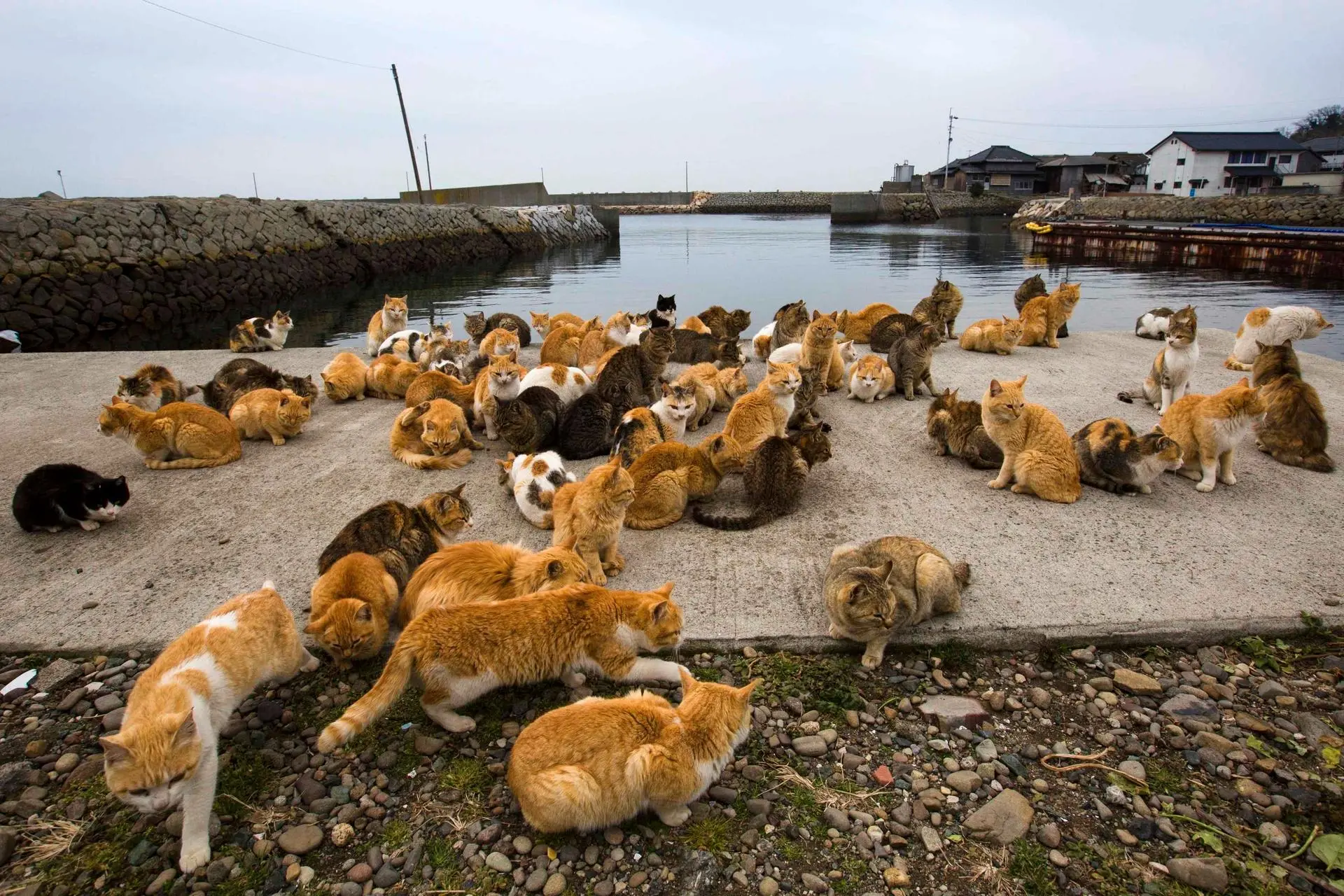
 Cat 'Sanctuaries'
Cat 'Sanctuaries'
Apart from the Neko-jinja shrine, there are many small cat sanctuaries and monuments on the island. They are often located in picturesque corners of the island, making them ideal places for a moment of reflection or rest. Some of these places were created by residents and tourists as a token of thanks and respect for the island's feline inhabitants.
 Cat Festivals and Rituals
Cat Festivals and Rituals
Although Tashirojima does not host large festivals (hard to do with 60 residents, mostly retired), it does have its small, local traditions related to cats. Residents sometimes organize small gatherings and rituals in honor of cats. These modest but important celebrations underline the deep respect that the residents of Tashirojima have for their four-legged neighbors.
Summary
While Tashirojima may be seen as one of many Japanese "cat islands," its unique history, culture, and atmosphere make it a special place that deserves individual recognition. From legendary temples to daily interactions with cats, Tashirojima offers a rich experience that combines mystery and warmth. It's a place where time seems to flow slower, and cats, the undisputed stars of the island, teach us the art of peace and harmony with nature.
>>SEE ALSO SIMILAR ARTICLES:
Vengeful Cat Demons in Japanese Legends: The Sinister Bakeneko
The Shogun Introduces Animal Cruelty Laws in 17th-Century Edo Japan
"Strong Japanese Women"
see book by the author
of the page
未開 ソビエライ
An enthusiast of Asian culture with a deep appreciation for the diverse philosophies of the world. By education, a psychologist and philologist specializing in Korean studies. At heart, a programmer (primarily for Android) and a passionate technology enthusiast, as well as a practitioner of Zen and mono no aware. In moments of tranquility, adheres to a disciplined lifestyle, firmly believing that perseverance, continuous personal growth, and dedication to one's passions are the wisest paths in life. Author of the book "Strong Women of Japan" (>>see more)
Personal motto:
"The most powerful force in the universe is compound interest." - Albert Einstein (probably)
Mike Soray
(aka Michał Sobieraj)
未開 ソビエライ
An enthusiast of Asian culture with a deep appreciation for the diverse philosophies of the world. By education, a psychologist and philologist specializing in Korean studies. At heart, a programmer (primarily for Android) and a passionate technology enthusiast, as well as a practitioner of Zen and mono no aware. In moments of tranquility, adheres to a disciplined lifestyle, firmly believing that perseverance, continuous personal growth, and dedication to one's passions are the wisest paths in life. Author of the book "Strong Women of Japan" (>>see more)
Personal motto:
"The most powerful force in the universe is compound interest." - Albert Einstein (probably)
Mike Soray
(aka Michał Sobieraj)
Write us...
Ciechanów, Polska
dr.imyon@gmail.com
___________________
inari.smart
Would you like to share your thoughts or feedback about our website or app? Leave us a message, and we’ll get back to you quickly. We value your perspective!

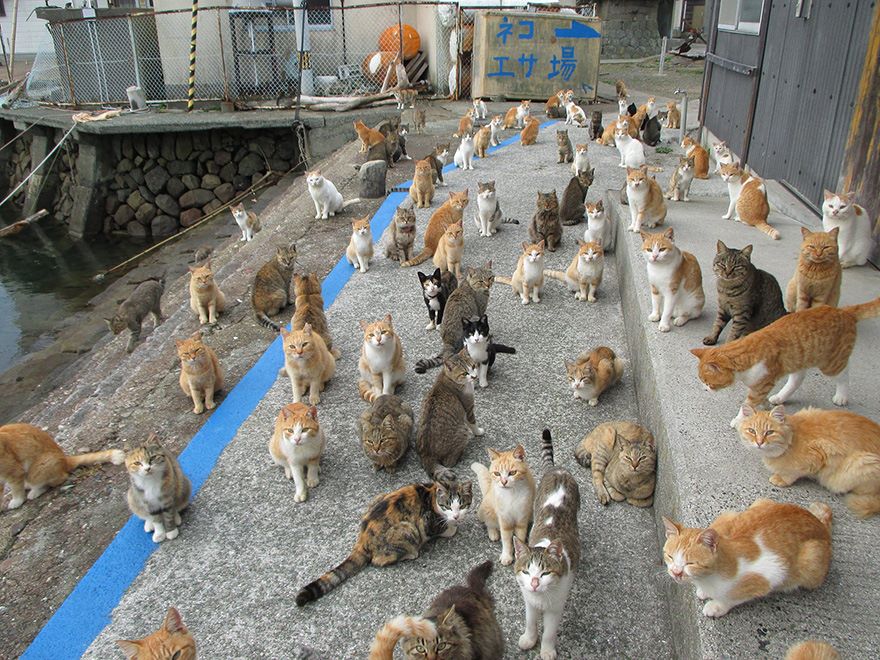
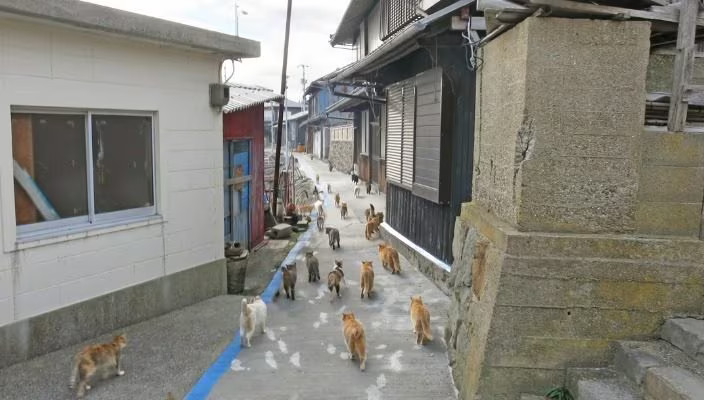


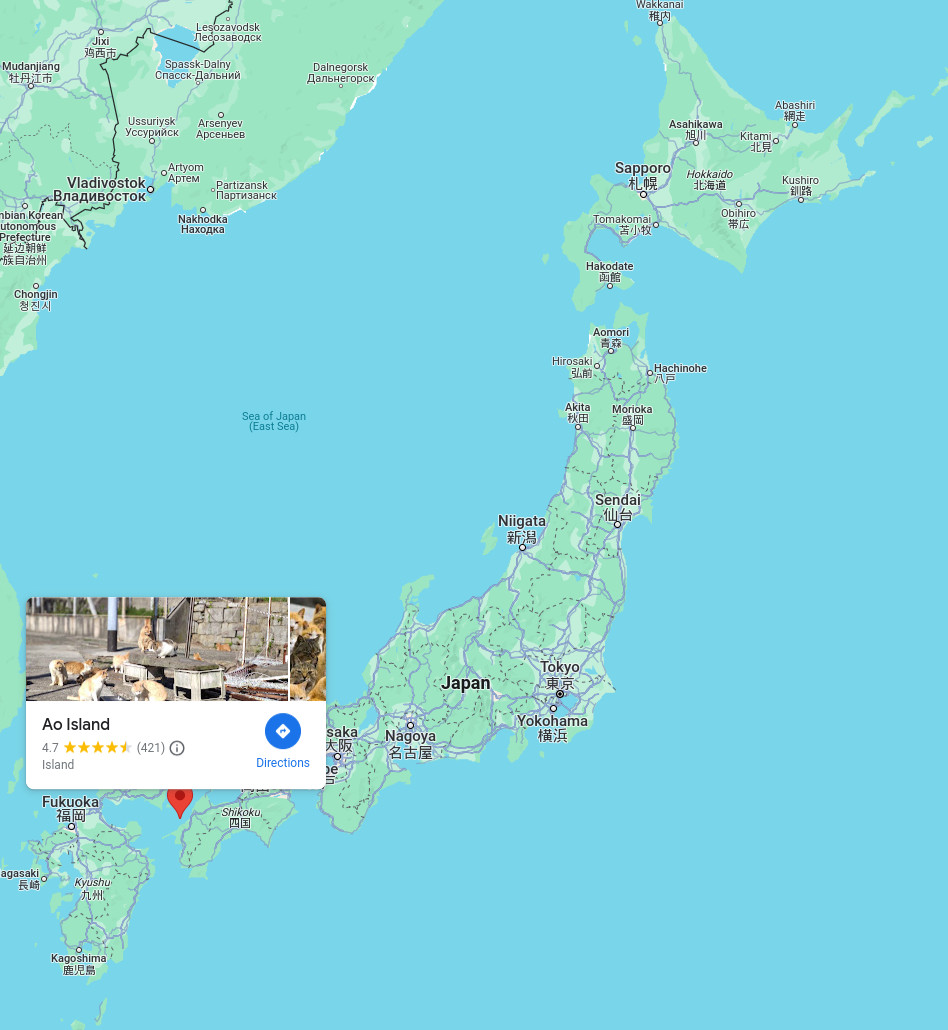 Aoshima
Aoshima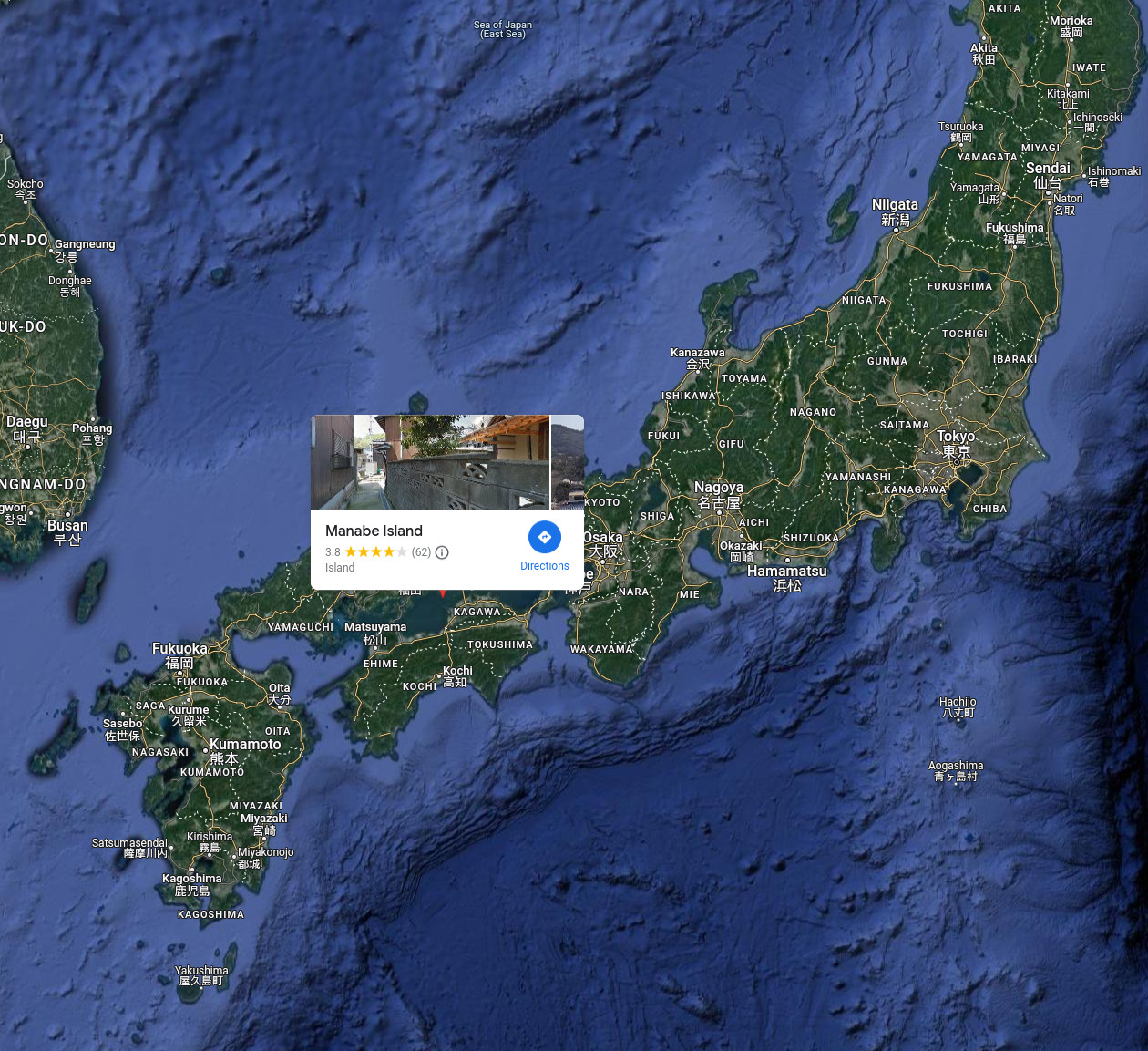 Manabeshima
Manabeshima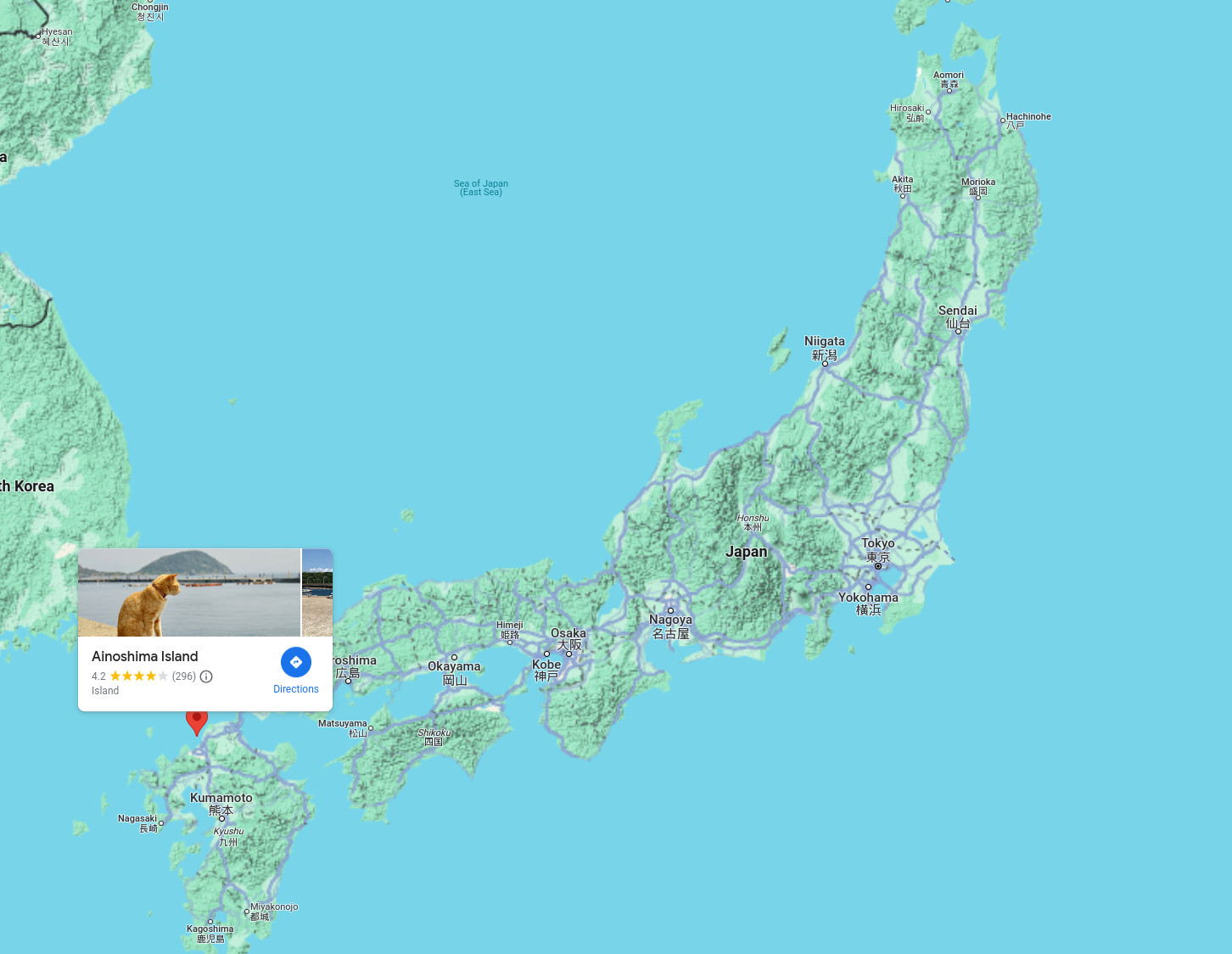 Ainoshima
Ainoshima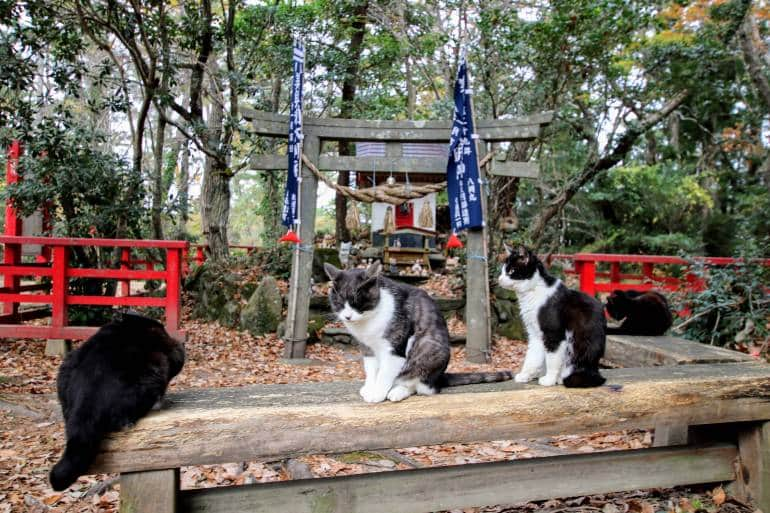 Cat 'Sanctuaries'
Cat 'Sanctuaries'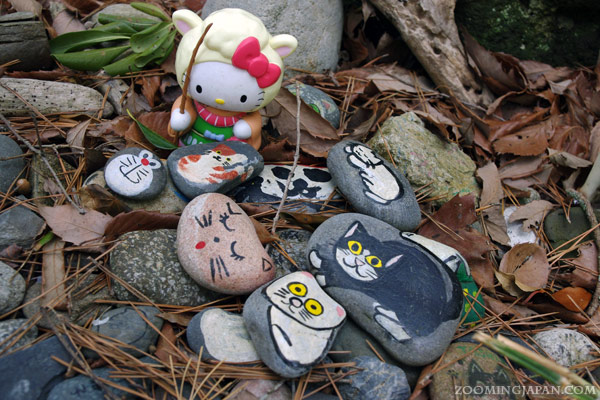 Cat Festivals and Rituals
Cat Festivals and Rituals
